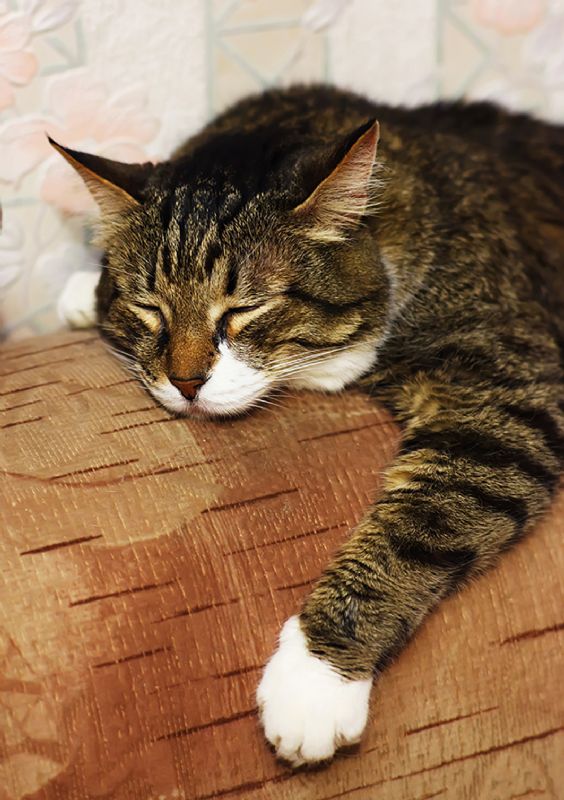- Home
- News, Articles & Reviews
We are hiring! Please click here to join our growing magazine delivery team in Gloucestershire!
Areas
Pets & Wildlife
Archive

Osteoarthritis in cats
All Areas > Pets & Wildlife > Pet Care
Author: Oliver Wilkinson, Posted: Saturday, 24th June 2017, 09:00
Arthritis in cats is both staggeringly common and yet frequently under recognised. Some studies have found evidence of arthritis in up to 91% of older felines. Arthritis will cause reduced mobility, activity and chronic pain, but it is often missed. The behavioural signs are often subtle in cats compared to dogs, with older cats that have become sedentary and quieter, often just thought of as slowing down with age. When examined, the physical changes of swollen joints, tenderness and reduced mobility are not obvious until the arthritis is well advanced.
Cats with arthiritis display multiple behavioural changes
A recent study looked at behaviour changes associated with non-specific pain in cats, these included; lameness, reluctance to move, withdrawing or hiding away, reduced grooming, less playing, less rubbing against people, a hunched up sitting position, licking a particular region, a lower head position and squinting. Accurately identifying behavioural changes is very useful when assessing if treatments are effective.
Fortunately we have lots of options available to us and often combining different approaches can be more successful than just relying on one. Firstly, think about your cat’s environment – if your cat can’t jump up easily, can you make elevated locations that your cat likes to visit more accessible? Make sure food, beds and hiding places are all easy to access and you can even get low-sided litter trays.
Weight loss can help improve mobility
Active interaction and playing to encourage exercise both help maintain exercise and strength. Physical rehabilitation is possible in amenable patients with massage, laser/ultrasound therapy and even acupuncture is possible. Increased omega-3 fatty acids in the diet, and weight loss can both improve mobility. Finally we have a range of very effective anti-inflammatories and pain killers when required.
It is easy to miss the signs of pain and arthritis in cats, and just because a cat isn’t crying out it doesn’t mean they are comfortable and happy. If you are concerned your cat is slowing down or showing those behavioural changes, have a chat to your vet about whether it’s time to start ‘Felix’ on some arthritis treatment.Copyright © 2024 The Local Answer Limited.
Unauthorized use and/or duplication of this material without express and written permission from this site's author and/or owner is strictly prohibited. Excerpts and links may be used, provided that full and clear credit is given to The Local Answer Limited and thelocalanswer.co.uk with appropriate and specific direction to the original content.More articles you may be interested in...


© 2024 The Local Answer Limited - Registered in England and Wales - Company No. 06929408
Unit H, Churchill Industrial Estate, Churchill Road, Leckhampton, Cheltenham, GL53 7EG - VAT Registration No. 975613000You are leaving the TLA website...
You are now leaving the TLA website and are going to a website that is not operated by us. The Local Answer are not responsible for the content or availability of linked sites, and cannot accept liability if the linked site has been compromised and contains unsuitable images or other content. If you wish to proceed, please click the "Continue" button below:




